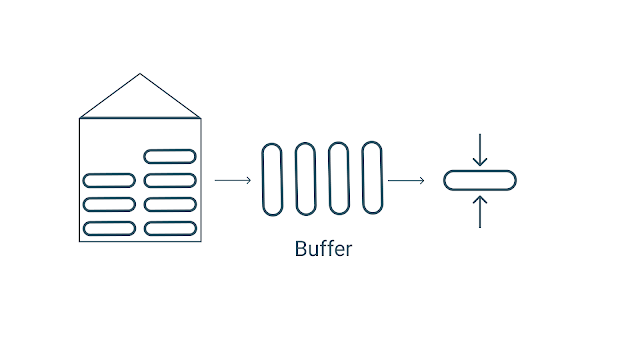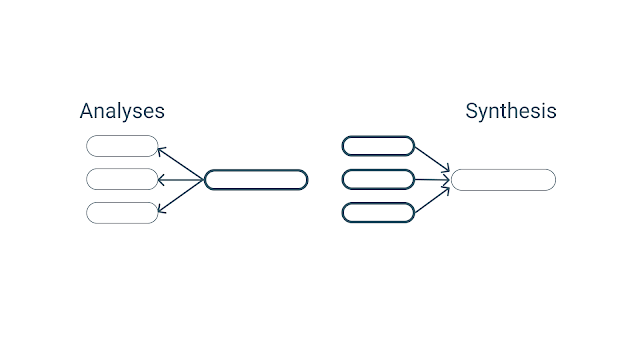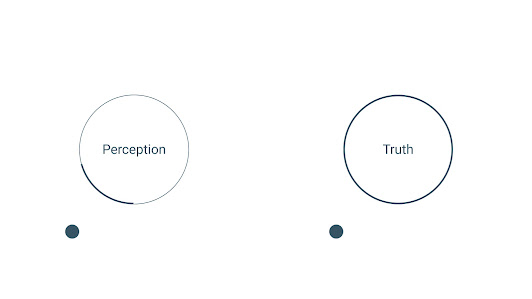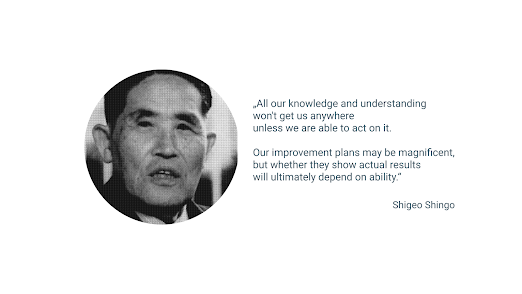The best writer in the village
Writing is a craft. To learn to write in English, I want to force myself to write a certain amount of words regularly. And that is the main reason why I started this blog - to become better at writing. All writing is ultimately a question of solving a problem. I am walking the path to becoming a LEAN Expert. There is still a long way to go; however, I already gained a few insights and learning that could make the path easier for someone else. The biggest problem I face on my journey is a misinterpretation of LEAN management. To understand LEAN, I walked several paths that lead me to a dead end. By writing this blog, I want to assure myself I am on the right path. I will share 30 lessons I learned when studying, practicing, and developing people in LEAN management. In the blog posts, you will find my personal opinions supported by key literature and practical examples. Here is the shortlist of topics I will write about in this blog: - LEAN is not a lemon - Take me...






